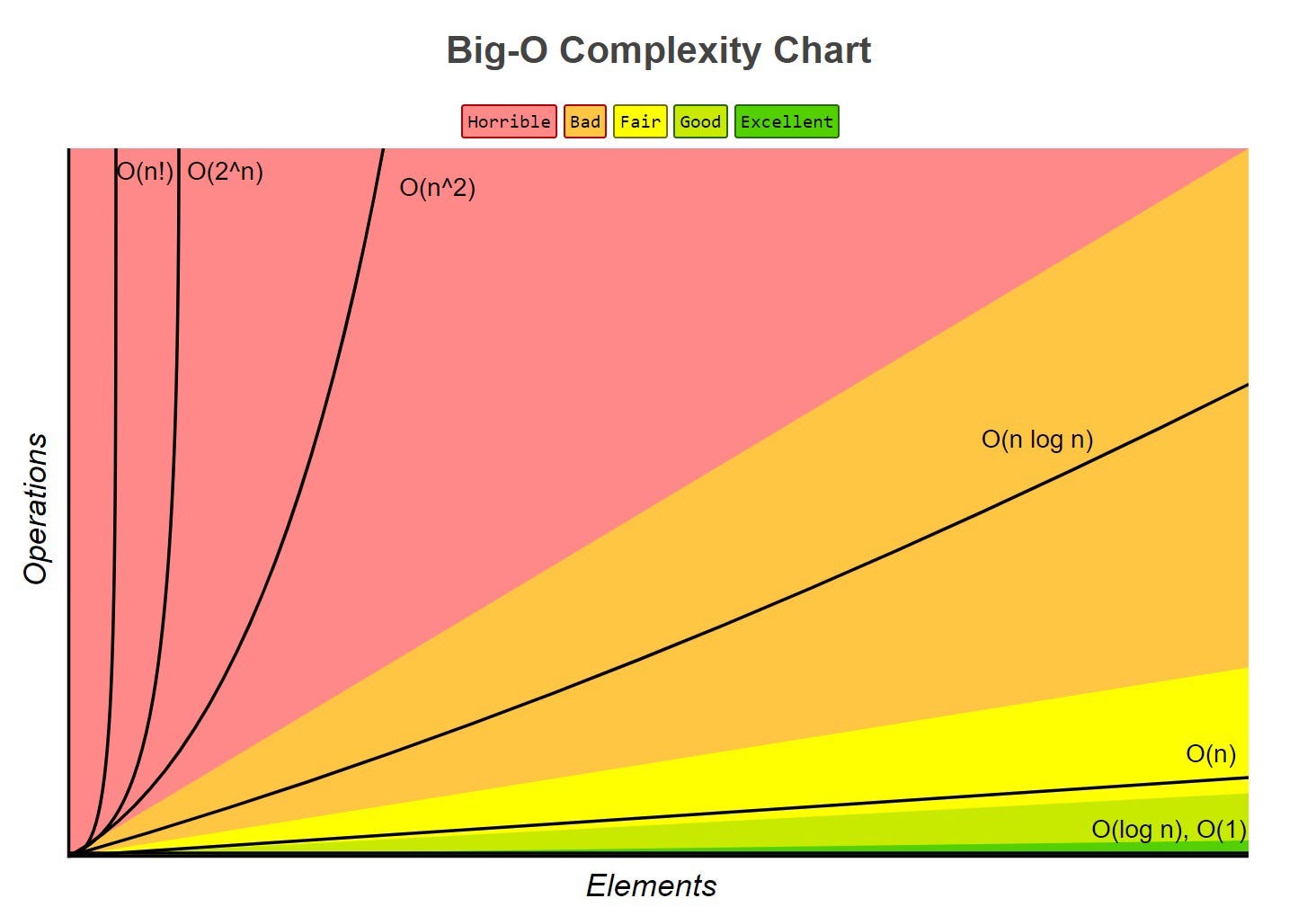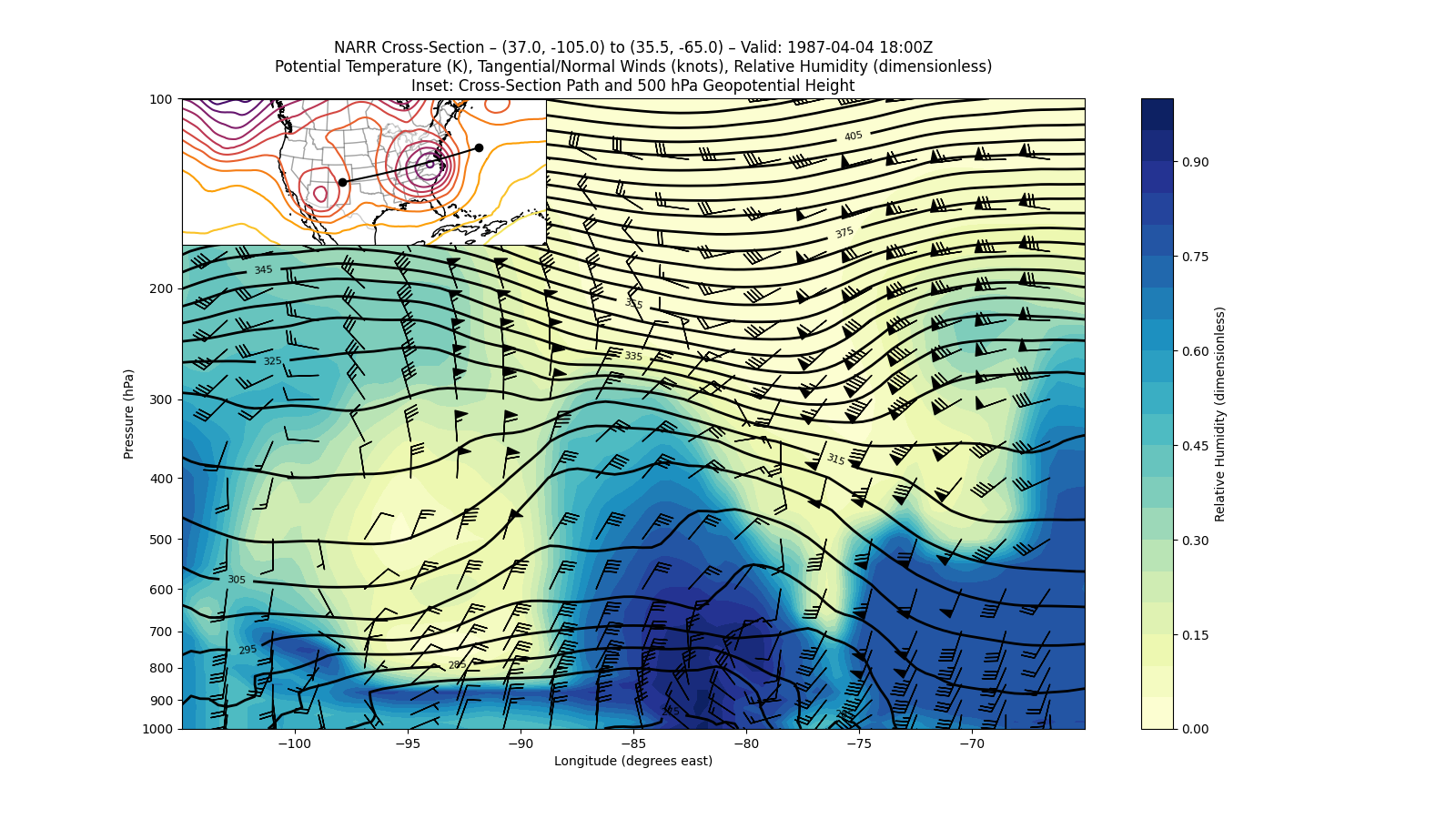'TimeDeltas' represent a period of time that a particular time instance. You can think of them simply as the difference between two dates or times. It is normally used to add or remove a certain duration of time from datetime objects.
To create a datetime.timedelta class you need to pass a specified duration to the class constructor. The arguments can be in weeks,days , hours, minutes, seconds, microseconds. You can also use python pandas to add time interval to datetime.
It provides DateOffset class which is similar to timedelta and relativedelta objects used above. It is used to increment or decrement given datetime value. The timedelta() class is one of the functions of the datetime module.
It's used to represent a specific time duration or the difference between two dates and times. The functions hold many arguments like days, milliseconds, microseconds, seconds, minutes, hours, and also weeks. Often we'll be working with multiple datetime objects, and we'll want to compare them. The timedelta class is useful for finding the difference between two dates or times. While datetime objects represent a point in time, timedelta objects represents a duration, like 5 days or 10 seconds. The timedelta objects are used to store the difference between two datetime instances, typically when measuring time intervals in seconds, minutes, hours, days, or years.
When you enable time zone support, Django converts aware datetime objects to the current time zone when they're rendered in templates. Now let's start doing using timedelta objects together with datetime objects to do some math! Specifically, let's add a few diffeent time durations to the current time and date to see what date it will be after 15 days, what date it was two weeks ago. If you add or subtract two date, time, or datetime objects, you'll get a timedelta object. This timedelta object has useful attributes and methods that can help calculate the time difference. Django gives you aware datetime objects in the models and forms, and most often, new datetime objects are created from existing ones through timedelta arithmetic.
The only datetime that's often created in application code is the current time, andtimezone.now() automatically does the right thing. In Python, we can work on Date functions by importing a built-in module datetime available in Python. We have time objects to work with time, date, and days as well. This datetime module contains date in the form of year, month, day, hour, minute, second, and microsecond.
The datetime module has many methods to return information about the date object. It requires date, month, and year values to compute the function. Date and time functions are compared like mathematical expressions between various numbers. This returns a timedelta object, which contains days, seconds and microseconds and represents the duration between any two date/time or datetime objects. Django doesn't convert naive datetime objects, because they could be ambiguous, and because your code should never produce naive datetimes when time zone support is enabled.
However, you can force conversion with the template filters described below. Datetimehelps us identify and process time-related elements like dates, hours, minutes, seconds, days of the week, months, years, etc. It offers various services like managing time zones and daylight savings time.
It can extract the day of the week, day of the month, and other date and time formats from strings. In this tutorial, you'll focus on using the Python datetime module. The main focus of datetime is to make it less complicated to access attributes of the object related to dates, times, and time zones. Since these objects are so useful, calendar also returns instances of classes from datetime.
An instance of tzinfo can be passed to the constructors for datetime and time objects. Enables or disables conversion of aware datetime objects to the current time zone in the contained block. Attribute that can be used to store time zone information, represented as an instance of a subclass of datetime.tzinfo. When this attribute is set and describes an offset, a datetime object is aware. For time zones, python recommends pytz module which is not a standard built-in library. You need to install it separately (enter `pip install pytz` in terminal or command prompt) So how to set time zone to a particular datetime?
Simply pass the respective pytz timezone object to tzinfo parameter when you create the datetime. Let's create a datetime object that belongs to UTC timezone. To start with, let us see how to add hours or minutes or seconds or microseconds individually to a datetime object. To do time additions, use the timedelta object's arguments to add the individual time components and add the timedelta object with the date object. Working with dates and times is one of the biggest challenges in programming. Between dealing with time zones, daylight saving time, and different written date formats, it can be tough to keep track of which days and times you're referencing.
Fortunately, the built-in Python datetime module can help you manage the complex nature of dates and times. In this article, we have looked at 3 different utilities to add time to datetime value. First we convert a datetime string to datetime object using strptime function. Then we obtain an interval object (relativedelta/timedelta/dateoffset).
We add this object to original datetime object, to obtain final datetime object. We use strftime function to convert datetime object to string. In this post, we'll see how we can use the timedelta object in the datetime module. It denotes a span of time and can help when we need to perform simple arithmetic operations on datetime objects. @bluenote10 a naive datetime object is just an integer number of microseconds that is broken-down according to the proleptic Gregorian calendar.
In other words, the code in the answer works as is even around, during DST transitions in any local timezone. Date.today() is used to support both positive and negative timedeltas. Before jumping in, it's helpful to look at how datetime is put together.
Not surprisingly, this is a combination of a date object and a time object. A date object is just a set of values for the year, the month, the day, and a collection of functions that knows how to handle them. It has values for the hour, the minute, the second, the microsecond, and the time zone. Any time can be represented by choosing these values appropriately. When the database layer receives one, it attempts to make it aware by interpreting it in thedefault time zone and raises a warning. These tzinfo objects capture information about the offset from UTC time, the time zone name, and whether Daylight Saving Time is in effect.
Note that only one concrete tzinfo class, the timezone class, is supplied by the datetime module. The timezone class can represent simple timezones with fixed offset from UTC, such as UTC itself or North American EST and EDT timezones. Supporting timezones at deeper levels of detail is up to the application.
The rules for time adjustment across the world are more political than rational, change frequently, and there is no standard suitable for every application aside from UTC. In this code, you create now, which stores the current time, and tomorrow, which is a timedelta of +1 days. Next, you add now and tomorrow to produce a datetime instance one day in the future. In this post, we will explore the Python timedelta object. This object represents time in different units such as days, hours, minutes, and seconds.
It is used to add or subtract from a date and to find the difference between two dates. It added a timedelta to the datetime object, so it returned a new datetime object pointing to the new timestamp. Then it converted the final datetime object to the required string format using datetime.strftime(). If you want the final timestamp string in some other format, then you can change the format string while using strptime() & strftime(). The datetime module provides us with functions and methods for manipulating dates and times. It supplies functionalities for date and time arithmetic, i.e. addition and subtraction.
Another focus of the implementation is on attribute extraction for output manipulation and formatting. After this, you might be tempted to convert all datetime objects to UTC and work only with UTC datetimes and fixed offsets. Even if this is by far the best approach for timestamps, it quickly breaks for future wall times. The Python standard library provides us with tools to get the current time as Unix time and to transform between datetime objects and their int representations as Unix time. So far we've been dealing only with naive datetime objects.
So a datetime object can be either offset naive or offset aware. Dateutil is a library of functions and utilities that help you manipulate date, time and datetime values. It contains relativedelta class that represents datetime interval. Here too, we will obtain datetime object from datetime string, get relativedelta object from interval value, and then add it to datetime object to obtain final value. The Python timedelta is a module that represents the time difference between two points in time.
Module has functions that allow you to calculate the elapsed seconds, minutes, hours, days, and weeks from one point in time to another. It also includes constants for commonly used units like DAYS_PER_YEAR , HOURS_PER_DAY , and SECONDS_IN_A_MINUTE . The first trick for working with datetimes is to be able to create them by combining date and time objects. We start by creating a time, passing it the hour of 7 and the minute 0. Because we didn't supply the second or the microsecond, these are assumed to be zero. Then we create a date by passing the year, month, and day.
The datetime module supplies classes for manipulating dates and times in both simple and complex ways. While date and time arithmetic is supported, the focus of the implementation is on efficient attribute extraction for output formatting and manipulation. For related functionality, see also thetime and calendar modules.
If you subtract two datetime objects you will get a timedelta object that represent the duration. Dates and times can be tricky, but Python's datetime class should make things a little bit easier. If you think there are any other essentially examples or topics related to datetime objects and timezones please comment below, and I will try to add them to the guide. Once you're familiar with aware datetime objects, timezone conversions are relatively easy.
Let's create a datetime object with a UTC timezone, and convert it to Pacific Standard. In this article, we learned to add days to dates by passing the number of days to an argument either by using datetime module or timedelta module. We also used Pandas to add date using DateOffeset() the function. For example, we used a date example in the given format and add days to date. The Python built-in datetime module has the timedelta method itself besides the timedelta from its submodule datetime. The timedelta() method takes the number of days to be added as its argument and returns them in a date format that is year - month - date.
The date module also has a today() method, which returns the current date. Pandas is also capable of getting other elements, like the day of the week and the day of the year, from its datetime objects. Note that here, as in Python generally, the week starts on Monday at index 0, so day of the week 5 isSaturday. One of them is that it contains extensive capabilities and features for working with time series data. Much likedatetimeitself, pandas has bothdatetimeandtimedeltaobjects for specifying dates and times and durations, respectively.
Now let's dig into time and extract the hours and minutes from datetime object. Much like what we did above with month and year, we can use class attributes.hourand.minuteto get the hours and minutes of the day. When a Time object is constructed from a timezone-awaredatetime, no timezone information is saved in theTime object. However, Time objects can be converted to timezone-aware datetime objects. Next, you create now to represent the current instant of time and give it your local time zone. Last, you find the timedelta between PYCON_DATE and now and print the result.
If you're in a locale that does not adjust the clocks for daylight saving time, then you may see the number of hours remaining until PyCon change by an hour. You also pass the tz keyword to .now() and set tz equal to tz.tzlocal(). In dateutil, tz.tzlocal() returns a concrete instance of datetime.tzinfo.
This means that it can represent all the necessary time zone offset and daylight saving time information that datetime needs. Timedelta in Python is an object that represents the duration. It is mainly used to calculate the duration between two dates and times. It is also used for retrieving the object with some delta date and time. The timedelta object supports mathematical operations like additions, subtractions, multiplication, division etc. ¶Return a string representing the date, controlled by an explicit format string.
Format codes referring to hours, minutes or seconds will see 0 values. For a complete list of formatting directives, seestrftime() and strptime() Behavior. With timedelta you can add days, minutes, seconds, hours, weeks and more to a datetime.date, or a datetime.datetime object.
We will create an aware datetime object from the current date. Pytz is a module, which brings the Olson tz database into Python. The Olson timezones are nearly completely supported by this module. If a time or date object is naive it doesn't contain information to compare or locate itself relative to other date or time objects.




























